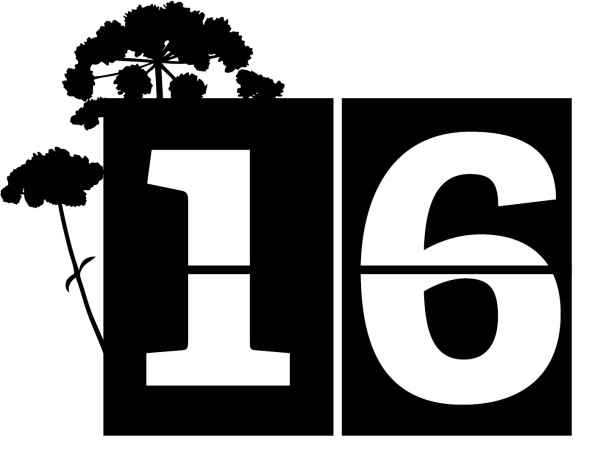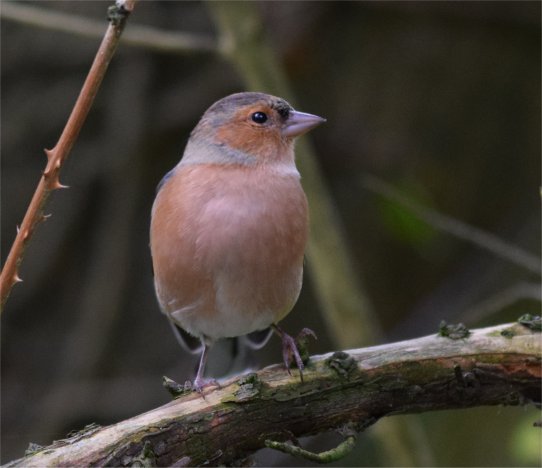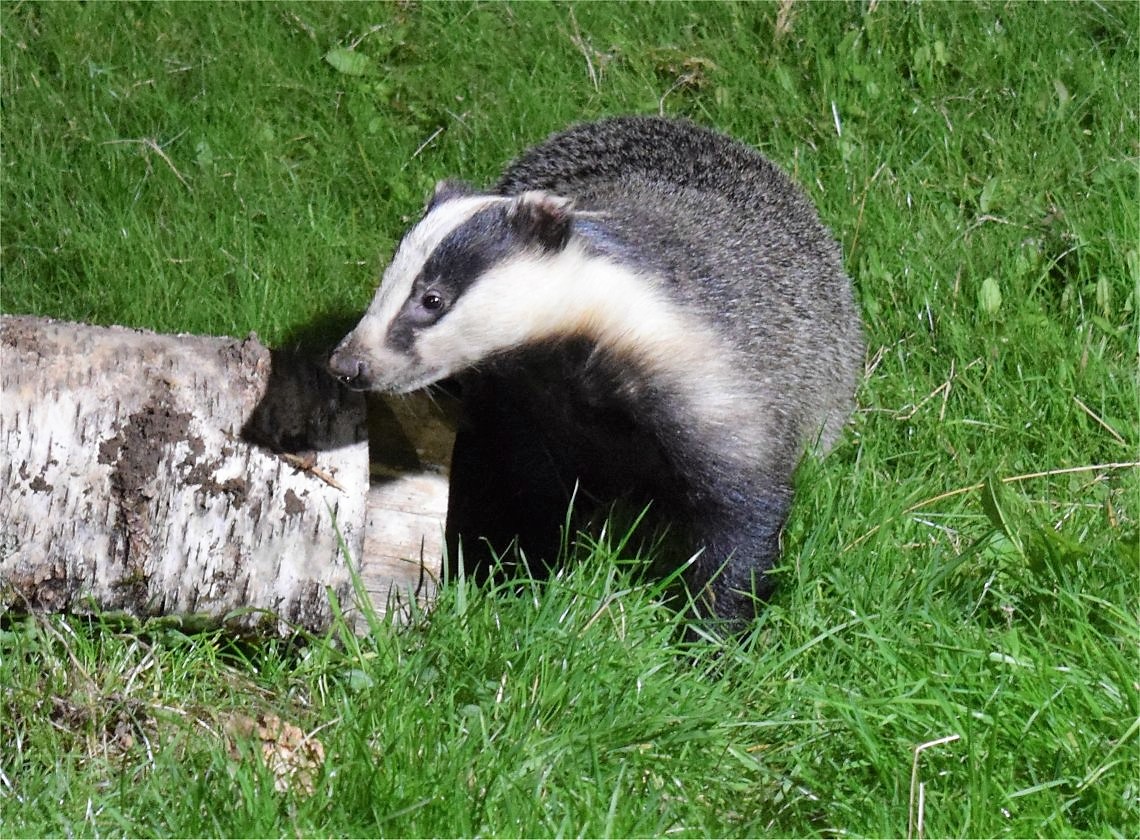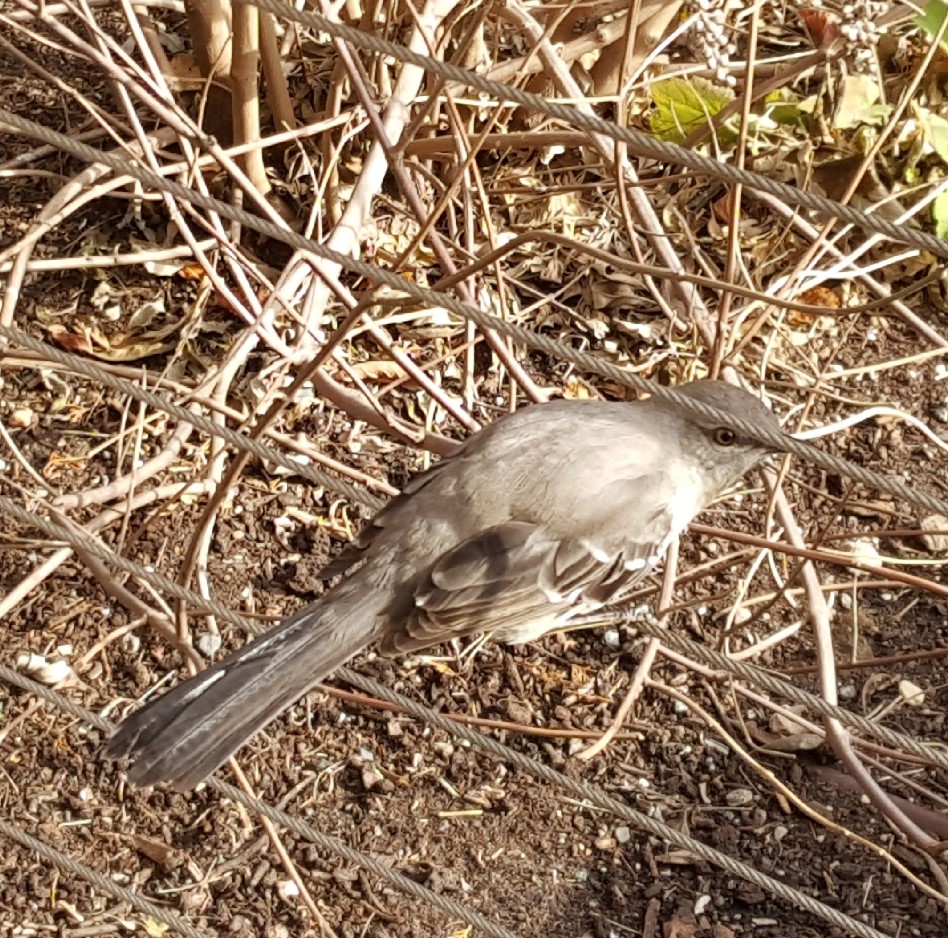
A Year in Books
Thanks to Laura at Circle of Pine Trees for creating the challenge, The Year in Books. My aim for 2019 was 40 books, however I managed to read 30 over the year. A combination of not so good books made this years challenge hard going. I am still plodding through the last novel of the year.
I’ll be joining in this year’s challenge and aim for 40 books again. Will you be joining in, if so how many books will you aim to read?
The Almanac (October/November/December) – Lia Leendertz ✩✩
As I’ve said in previous quarters I’ve not enjoyed this book and would not recommend it to others. Do you know of any better almanacs?

Almanac 2019

New York City
New York City – Lonely Planet ✩✩✩
A useful and helpful guide to the culture, food and sights of New York City. It helped me whilst planning our New York adventure last December.
The Tailor of Gloucester – Beatrix Potter ✩✩✩
The Tailor of Gloucester has a terribly important commission to complete for the Mayor of Gloucester’s wedding on Christmas Day but is ill and tired! How will he possibly complete the beautiful coat and embroidered waistcoat? Luckily, there lives in the dresser, some very kind and very resourceful mice who set about helping the poor tailor with his work.
I really enjoyed this tale by Beatrix Potter. It was much better than Peter Rabbit in my opinion.

The Tailor of Gloucester

The Woman in the Window
The Woman at the Window – A.J. Finn ✩✩✩✩
Agoraphobic Anna Fox’s only lifeline to the real world is her window, where she sits, watching her neighbours. When the Russells move in, Anna is instantly drawn to them. A picture-perfect family, they are an echo of the life that was once hers. But one evening, a scream rips across the silence, and Anna witnesses something horrifying. Now she must uncover the truth about what really happened. But if she does, will anyone believe her? And can she even trust herself?
I enjoyed this book. I thought the main character was interesting and I felt engaged with the story until the end. It really made you question what was real and what was imagined. I’ve recently learned that there also has been a film made which is out later this year.
The Boy, The Mole, The Fox and The Horse – Charlie Mackesy ✩✩✩✩
Enter the world of Charlie’s four unlikely friends, discover their story and their most important life lessons. The conversations of the boy, the mole, the fox and the horse have been shared thousands of times online, recreated in school art classes, hung on hospital walls and turned into tattoos.
This is a beautiful book, with touching words and sketches to ease a troubled mind.

The Boy, the Mole, the Fox and the Horse

365 Days Wild
365 Days Wild – Lucy McRobert ✩✩✩✩
365 inspirational suggestions for enjoying nature. These ‘Random Acts of Wildness’ will encourage you to fall in love with, learn about or even help wildlife and wild places near you.
If, like me you love The Wildlife Trusts’ 30 Days Wild then this book is right up your alley. Filled with lots of ideas to keep wild all year round. I’d already completed many of the suggestions but there were a few I hadn’t even thought of.
The Girl at the Window – Rowan Coleman ✩✩✩✩
Ponden Hall is a centuries-old house on the Yorkshire moors, a magical place full of stories. It’s also where Trudy Heaton grew up. And where she ran away from… Now, after the devastating loss of her husband, she is returning home with her young son, Will, who refuses to believe his father is dead.
While Trudy tries to do her best for her son, she must also attempt to build bridges with her eccentric mother. And then there is the Hall itself: fallen into disrepair but generations of lives and loves still echo in its shadows, sometimes even reaching out to the present…
I quite enjoyed this book. It was an easy read and the characters both past and present were likeable. The ending was a bit contrived but the addition of Emily Brontë as a character was a nice touch. If you like supernatural stories then you’ll enjoy this book.

The Girl at the Window

The God of Small Things
The God of Small Things – Arundhati Roy ✩✩
This is the story of Rahel and Estha, twins growing up among the banana jam vats and peppercorns of their blind grandmother’s factory, and amid scenes of political turbulence in Kerala. Armed only with the innocence of youth, they fashion a childhood in the shade of the wreck that is their family: their lonely, lovely mother, their beloved Uncle Chacko and their sworn enemy, Baby Kochamma.
This is the novel I’ve been slogging though. There are some beautifully written passages but none can detract from the boring story even if there is political unease and a family tragedy, getting to that point was long winded. I really couldn’t warm to any of the characters and can’t believe it was a Booker Prize winner! Perhaps I’ve missed the point of this novel, if you think differently let me know in the comments below.
I’m always open to recommendations, so if you have read a book that you have enjoyed and think I would like it too, then do let me know.
Thanks for following my year in books 2019. Here’s to some good reads in 2020 (hopefully)!
Christine x




 Day 29: For today’s 30 Days Wild, I’d planned to tune into The Wildlife Trusts’
Day 29: For today’s 30 Days Wild, I’d planned to tune into The Wildlife Trusts’ 

 Day 2: Gaining inspiration from last year’s 30 Days Wild, Wednesdays will be RAW days, meaning Random Acts of Wildness. In this series I’ll be using The Wildlife Trusts’
Day 2: Gaining inspiration from last year’s 30 Days Wild, Wednesdays will be RAW days, meaning Random Acts of Wildness. In this series I’ll be using The Wildlife Trusts’ 
 Day 16: Today’s
Day 16: Today’s 



































































 I thought I would write a roundup of my 2019,
I thought I would write a roundup of my 2019, 







